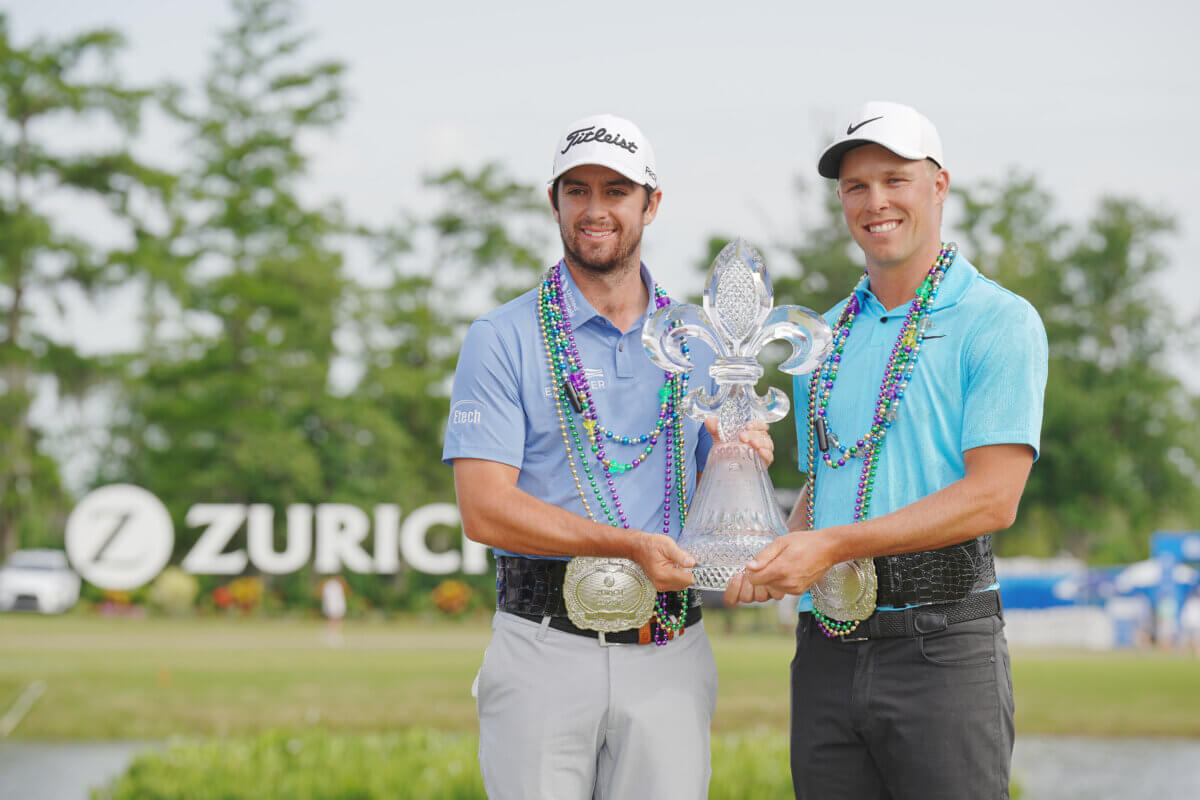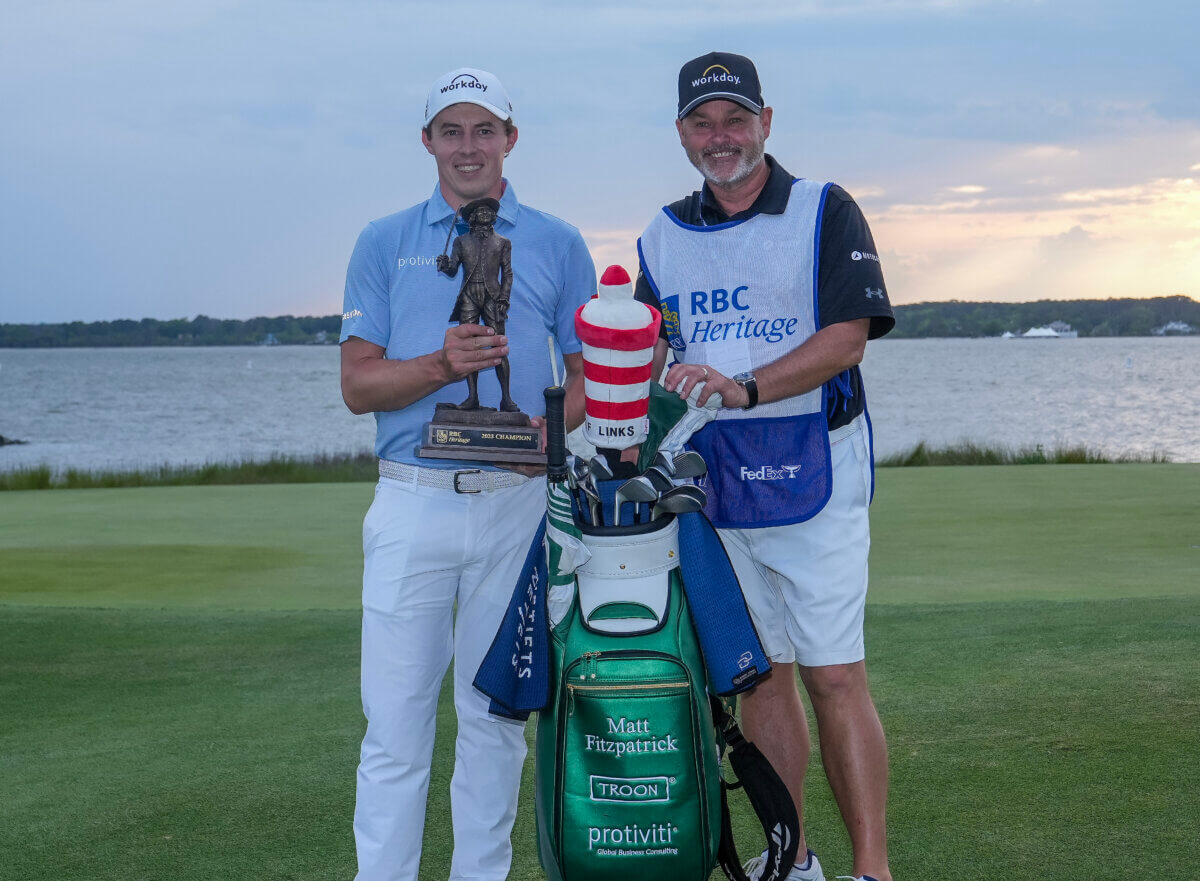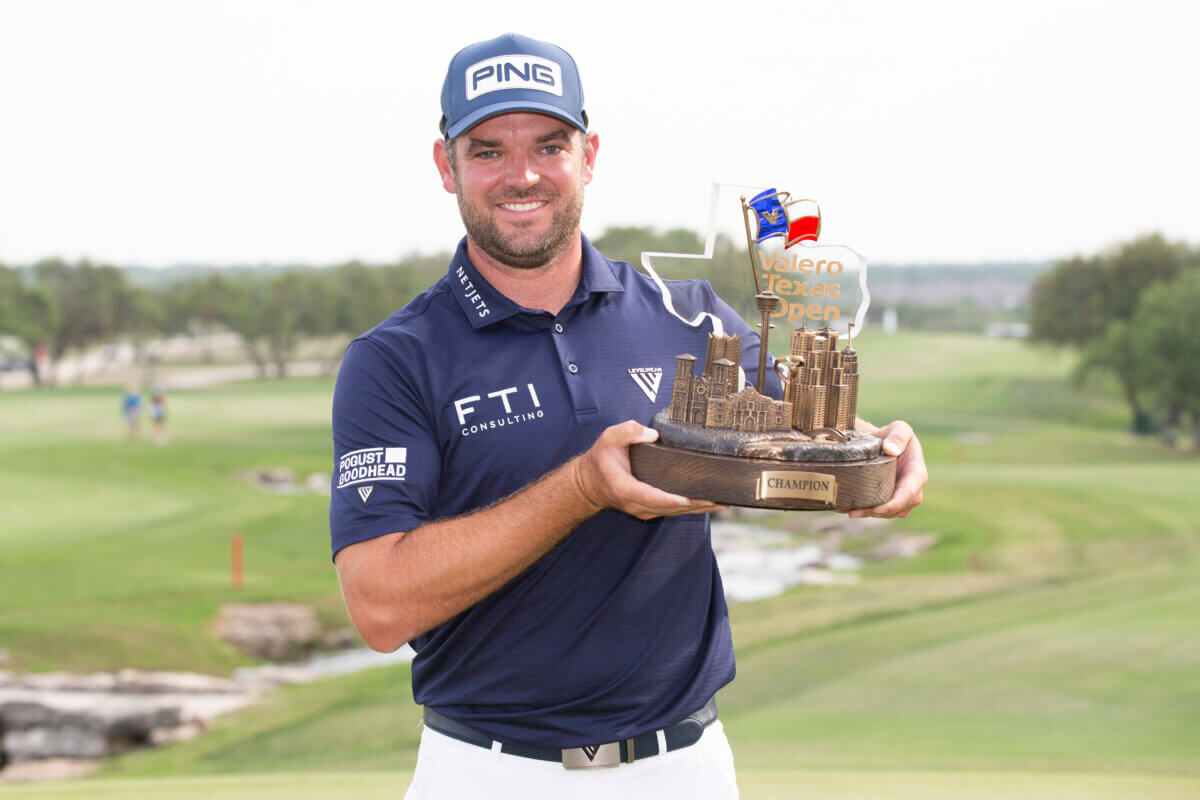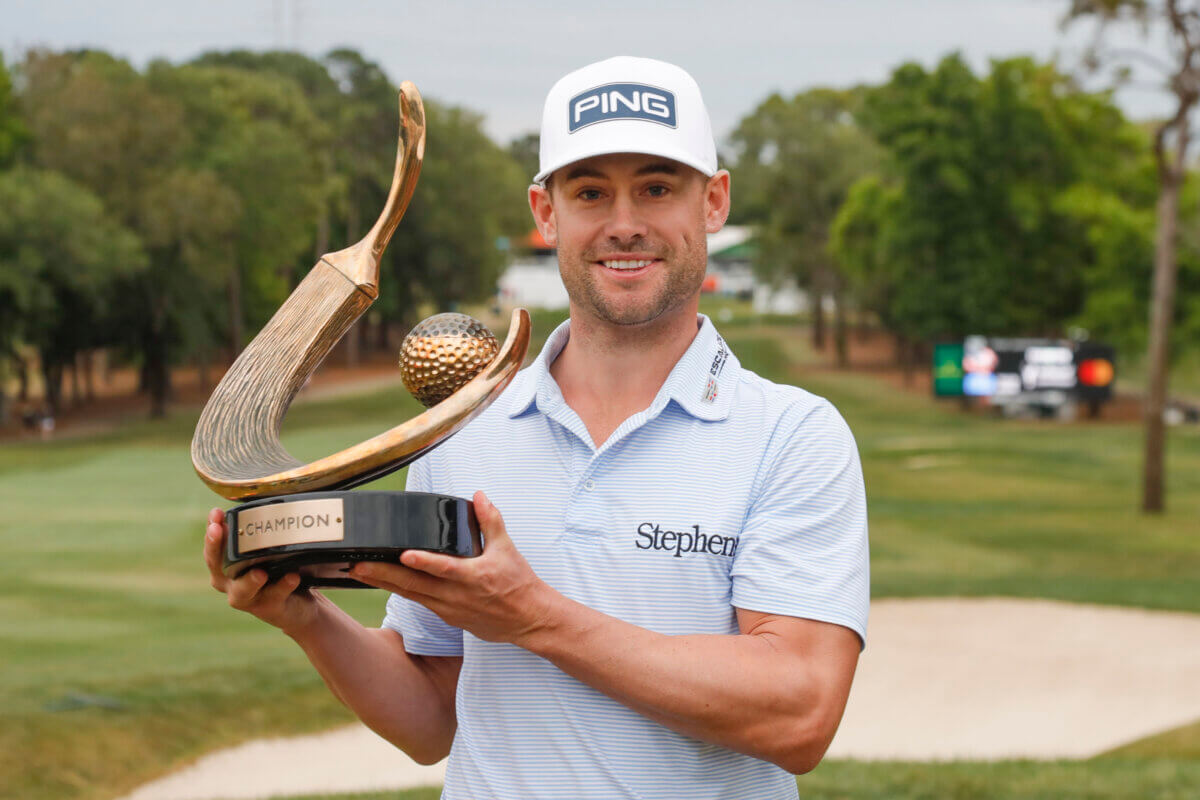Hawk’s Eye: Florida Swing means intense adjustment for players and caddies
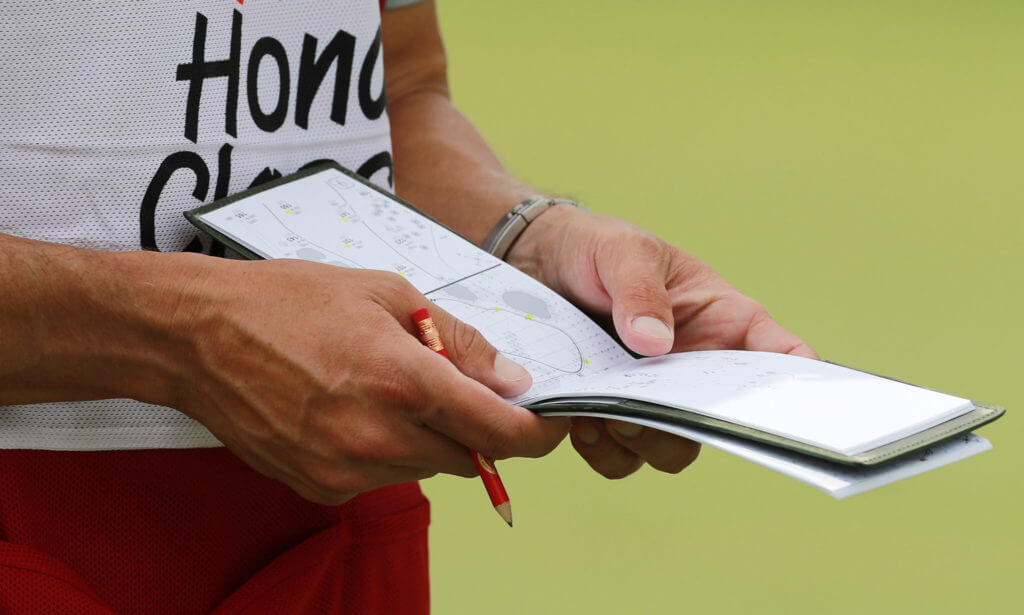
The Florida Swing begins today at PGA National, home of the Honda Classic, and with it comes the most intense adjustment a caddie must make all year. From the WGC-Mexico Championship held on a course almost 8,000 feet above sea level to Palm Beach Gardens, which boasts an elevation of 16 feet, those 210-yard 8 irons we saw last week won’t be nearly as prevalent.
Nor will the bushels of birdies that occur when the top 24 finishers average 325 yards per drive.
PGA National’s Champion Course was the toughest venue not named Shinnecock Hills last year on the PGA Tour, something you might expect on a layout Jack Nicklaus has redesigned three times. Holes 15 through 17 are known as the “Bear Trap,” one of the most difficult little stretches of golf on the planet, but water is a constant threat throughout the round.
RELATED: It’s attention to the little things that can combat slow play
A couple of tee shots on the front are as daunting as daunting gets. “I played here in events as a club pro way back and shot a million,” tour looper Kip Henley told me earlier this week. “Whenever we get to the sixth hole, I’m glad I’m caddying and not playing.”
Although he never quite made it to the big leagues with his own sticks, Henley had enough game to win “Big Break II” in 2004 and qualify for the FedEx St. Jude Classic in 2005 and 2011. Among those who do play at the highest level, Rickie Fowler (2017) is the only player to finish a Honda in double digits under par since 2013.
My point? Tour caddies are always expected to be precise when it comes to giving yardages and interpreting wind direction, but this week, accuracy is of the utmost importance. Mistakes at PGA National turn into double bogeys, and double bogeys turn into missed cuts. There is also the issue of returning to Bermuda greens, a factor that is frequently overlooked when it comes to success and failure in the Sunshine State.
Some players can read Bermuda, some players can’t. The same can be said for the men on the bag.
“I think it’s an art form,” says Chris Berry, who played on UNLV’s national championship team in 1998 and finished a stroke behind James McLean for the individual title. “I played on Bermuda a little bit growing up — you see the slope going one way and the grain going another, and you wonder how it can break the way it breaks.”
Berry has carried for a bunch of guys since 2005, none of them better on Bermuda than his current boss, Brian Gay. When Gay shot a tournament record 20-under to win by 10 strokes at Harbour Town in 2009, it was Henley who was working for him. And when Gay won by five at the FedEx St. Jude less than two months later, his caddie, a Tennessee boy, no less, was cashing checks a whole lot bigger than the one he’d gotten for winning that game show on the Golf Channel.
“He is a great Bermuda putter,” Henley says of Gay. “I hate to brag and I know I’m a good green reader — even guys who don’t like me admit it — but I was raised on bent grass. You almost have to grow up on grainy greens to be able to read them.”
The evolution of hybrid grasses has altered the disposition of Bermuda somewhat over the years. Nicklaus and players of his era dealt with stronger grain than do today’s tour pros, but the putting surfaces at PGA National and most of the tour’s other warm-weather venues still produce curves the untrained eye is likely to miss.
Before joining the Golf Channel/NBC as an on-course reporter in the summer of 2017, Jim Mackay was regarded as one of the best readers of Bermuda during his 25 years working for Phil Mickelson. Interestingly enough, just one of Mickelson’s 44 tour victories occurred during the Florida Swing, although he did win the Players Championship on Bermuda greens in 2007, the first year it moved to May.
A caddie can only do so much to help his man hit the correct putt, and there are days when a lot of good putts simply don’t go in. After some of the roughest weather in years on the West Coast, however, the transition to Florida is a welcome one for most. Perhaps even for a caddie from southern California who learned the game on Poa annua greens.
“I’ve got one of the best putters in the world [Gay] and I’ve never been so scared over a 2 ½ or three-footer,” Berry says of the tour stop two weeks ago at Riviera CC. “Heelprints are the worst. You get a crosswind putt on wet, bumpy Poa and you’re looking at a really tough situation. You’ve got to get a little lucky on Poa, for sure. Bermuda is a lot more predictable.”
Just don’t tell that to the grass.
All views expressed in this column are those of John Hawkins and do not necessarily reflect those of the Caddie Network.



